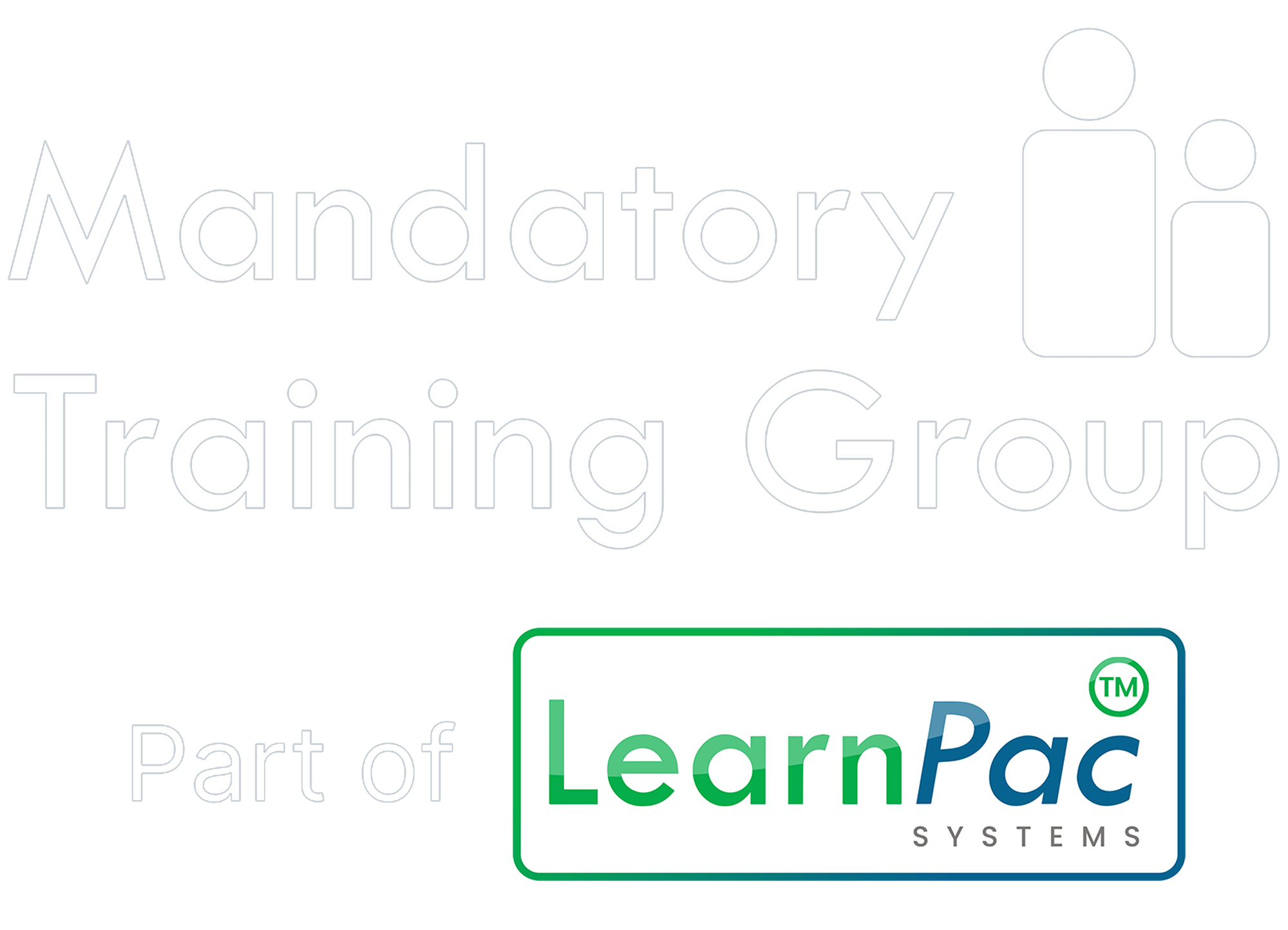You have no items in your shopping basket.
The importance of DRABC in first aid
DRABC is more than just a set of steps; it's a life-saving protocol that addresses the immediate priorities in a medical emergency. It helps rescuers quickly assess the situation, ensuring the rescuer's and the victim's safety, and guides them through a systematic approach to managing life-threatening conditions.
- Danger - Ensure the area is safe for yourself, the casualty, and others.
- Response - Check if the casualty is responsive.
- Airway - Ensure that the casualty’s airway is clear.
- Breathing - Assess whether the casualty is breathing.
- Circulation - Check for signs of circulation such as movement, coughing, or normal breathing.
Key facts and statistics
Statistics underline the critical nature of timely and effective first aid:
- Approximately 30% of the deaths from accidental injuries could be prevented by administering immediate first aid.
- Cardiac arrests witnessed by a bystander show significantly higher survival rates when immediate CPR is administered.
Legislation and best practices
Under UK law, particularly the Health and Safety (First-Aid) Regulations 1981, employers must provide adequate and appropriate equipment, facilities, and personnel to ensure employees receive immediate attention if they are injured or taken ill at work. Moreover, the Resuscitation Council (UK) and the British Red Cross provide guidelines emphasising the DRABC steps as the backbone of the first response before professional medical help arrives.
Educating on DRABC
Understanding DRABC
- Danger - Always assess the risk of potential dangers like fire, toxic substances, or traffic before approaching a casualty.
- Response - Gently shake the casualty's shoulders and ask loudly, "Are you okay?" to determine consciousness.
- Airway - If the casualty is unresponsive, carefully tilt their head back and lift the chin to open the airway.
- Breathing - Look, listen, and feel for no more than 10 seconds to determine if the casualty is breathing normally.
- Circulation - If there is no breathing, begin CPR immediately, calling for help if you haven’t already.
Best practices in emergency first aid
- Stay calm - Keeping calm can enhance your ability to provide effective first aid.
- Call for help - Always alert emergency services immediately if you suspect serious injuries or conditions.
- Regular training - Frequent first aid training ensures that your knowledge and skills are current and effective.
Recommendations
The Mandatory Training Group recommends regular first aid training for all individuals, especially those in workplaces with higher health risks. Our comprehensive first aid courses are designed to keep you updated with the latest practices and legislation, ensuring you’re prepared to act confidently in an emergency.
Conclusion
Understanding and implementing the DRABC steps can be the difference between life and death in many emergency situations. At The Mandatory Training Group (MTG), we provide training that empowers individuals with the skills necessary to perform these critical steps competently. We encourage everyone to participate in regular first aid training to ensure these life-saving techniques are widely known and effectively applied.
Learn DRABC with MTG
Ready to take the next step towards becoming a certified first aider? Click here learn more and explore our accredited first aid courses and training qualifications today. Equip yourself with the knowledge and skills to save lives because you never know when you'll need them.
Disclaimer: This blog is for informational purposes only and should not be considered medical advice. Always seek professional medical assistance in emergency situations.
About the author
Rose Mabiza
Rose has dedicated over 15 years to improving health and social care quality through practice, targeted education and training. Her extensive experience includes working with older adults, individuals with mental health conditions, and people with autism and learning disabilities.




